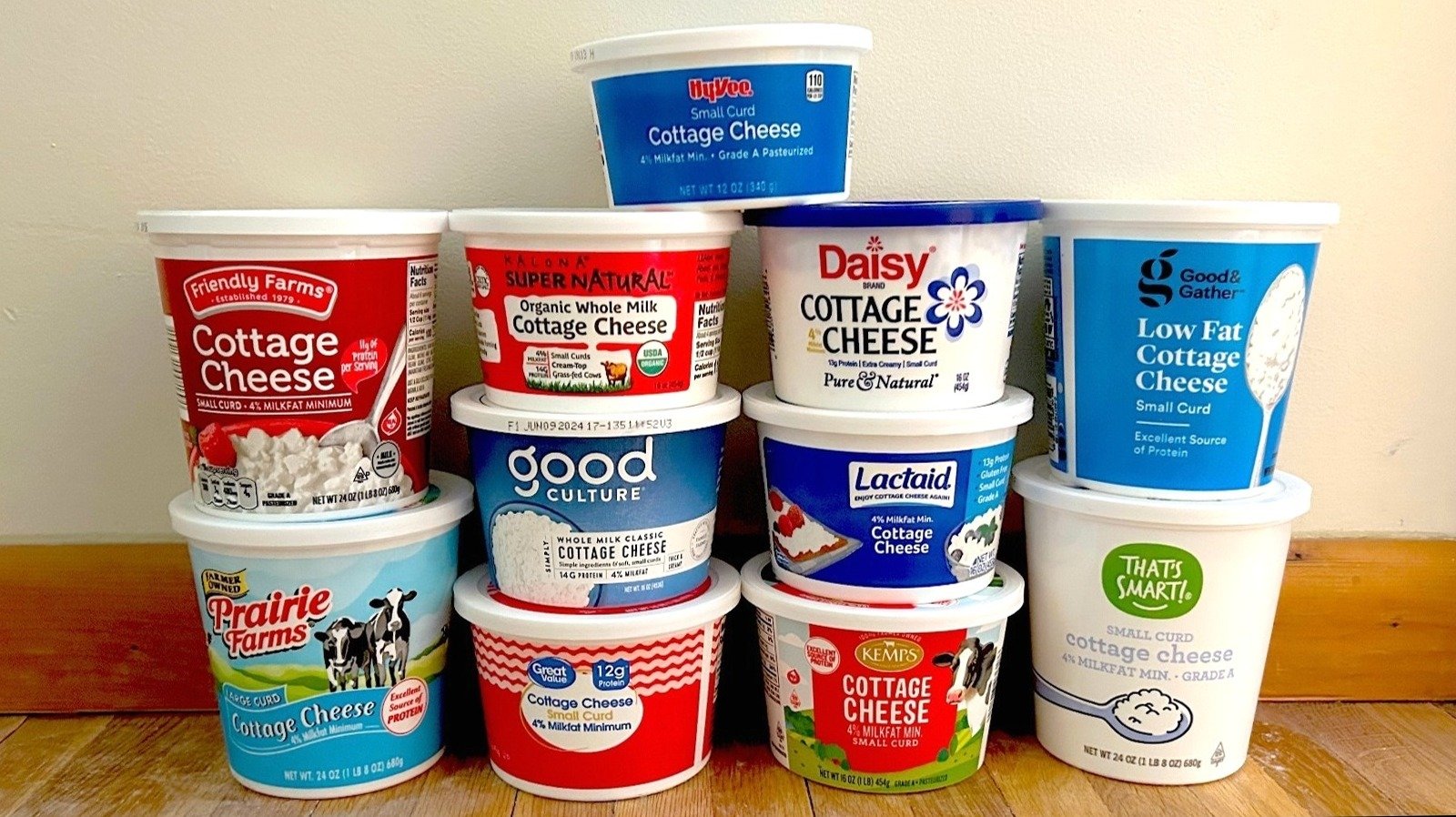What is Cottage Cheese?
Cottage cheese is a creamy, fresh, and soft cheese with a mild taste due to its versatility and nutritional benefits. It has been a staple in diets around the globe, enjoyed in many incarnations — from simple breakfasts to intricate dishes. This article explores the history, production, nutrition, culinary uses, and health benefits of this nutritious dairy product in depth.
Cottage Cheese History and Origin
Cottage cheese has thousands of years old history. This practice is thought to date as far back as 3000 BCE; this was also when it is believed people began experimenting with milk fermentation. The term “cottage cheese” appeared much later — as we were making fresh cheese from leftover milk in small cottages after churning butter.
Fresh cheese was made in the ancient Egypt, Greece and Rome. Cottage cheese spread to much of Europe and then North America over the century. By the 19th and 20th centuries, it had become a ubiquitous dairy product for many homes.
How Cottage Cheese Is Made
The process of producing cottage cheese is quite simple and usually follows the given steps:
Milk Used: First pasteurized cow’s milk, though goat’s or sheep’s milk can be used.
Curd Cutting: The curds are cut and separated into smaller pieces so that whey, the liquid, can be released.
Heating: The curds are gently heated to tighten them.
Draining: The whey is drained away, and the curds are left behind.
Washed: The curds are washed to reduce acidity, producing a milder flavor.
Bene: A combo of cream and salt might be introduced for creaminess and added flavor.
What Is the Nutritional Value of Cottage Cheese?
Cottage cheese is a low-fat, high-protein, calcium-rich powerhouse for muscle-building and weight control. A standard serving of 100 grams contains:
Calories: 98 kcal
Protein: 11g
Fat: 4g
Carbohydrates: 3g
Calcium: 83mg
Phosphorus: 159mg
Sodium: 364mg
Vitamin B12: 0.4μg
Cottage cheese has gained favour among fitness enthusiasts, weight-watchers and health-conscious eaters for this very reason.
The benefits of cottage cheese in the body
High in Protein: Cottage cheese is high in the milk casein protein, which breaks down slowly and helps to regenerate and build muscle.
Weight Management: It is loaded with protein and low in calories, making it a great appetite suppressor for individuals who want to lose or maintain weight.
Gut health: They are often rich in probiotics, which can help with digestion.
Low Fat: These options give you protein without excessive saturated fat, potentially benefitting heart health.
Blood Sugar Regulation: It is beneficial to regulate blood sugar levels due to its low-carb and protein content.
Types of Cottage Cheese
There are a few variations of cottage cheese based on your palate and dietary needs:
Small Curd vs. Large Curd: Based on the type of coagulant. Small curd uses direct acid; large curd uses rennet.
Kirkland Brands: A series of private label products sold by Costco that includes food and non-food items.
Creamed: Has cream added for extra texture.
Dry Curd (Farmer’s Cheese): Offers a firmer, drier consistency and no added cream.
Flavored Options: There are those with fruits, herbs or savory bits added in for more flavor.
Cottage Cheese — Culinary Uses
The versatility of cottage cheese means that it can be enjoyed in so many different ways:
Breakfasts: Add fruits, nuts, honey or granola, Snacks — Spread on toast or crackers or a vegetable.
Smoothies: Blended in for protein and creaminess.
Savory: Added to salads, incorporated into sandwiches or stuffed into other vegetables like peppers.
Baking: Added to pancakes, muffins or cheesecakes for moisture and texture
Pasta and Casseroles: Swap for ricotta in recipes for lasagna or baked ziti.
Cottage Cheese Across Cultures
American: They are a commonly used ingredient in salads, dips and desserts.
Indian: Also called “paneer” (when pressed and firmer).
Russian: Eaten with sour cream, or used in pastries like syrniki.
Mediterranean: Piled onto mezze platters and stuffed vegetables.
Eastern European: As dumplings and blintzes.
How to Select and Store Cottage Cheese
Texture: Creamy or dry, depending on preference.
Ingredients: Fewer additives and preservatives.
Storage: Store in the refrigerator; consume within 5-7 days of opening.
Expired: Always check before buying.
Making Cottage Cheese at Home
Making homemade cottage cheese is easy and gratifying. Here’s a basic recipe:
Ingredients:
1 liter whole milk
2 tbsp vinegar or lemon juice
A pinch of salt
Instructions:
Scald the milk — heat it to 85°C (185°F), then immediately take it off the heat.
Add vinegar or lemon juice, then wait for curds to form.
Strain though cheesecloth, rinse with cold water, then salt.
Serve immediately or chill in the refrigerator.
Cottage cheese is more than a healthy snack — it’s a nutrient dense, versatile and culturally significant dairy product. Whether you like it sweet or savory, in a dish or on its own, this fresh cheese has secured its place in kitchens all over the world. Cottage cheese is a beloved staple, from its historical beginnings at the cottage cheese and its historical beginnings.
So the next time you’re at the grocery store, consider throwing a tub of cottage cheese in your cart. Who knows? You may find a new favorite way to eat this simple but amazing thing!
Read More: 50 Soft Foods to Eat After Tooth Extraction























